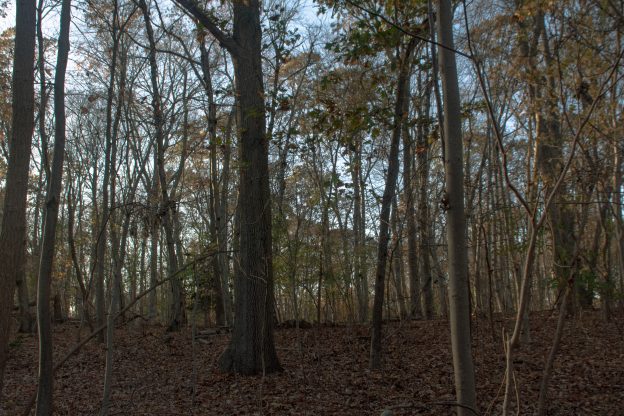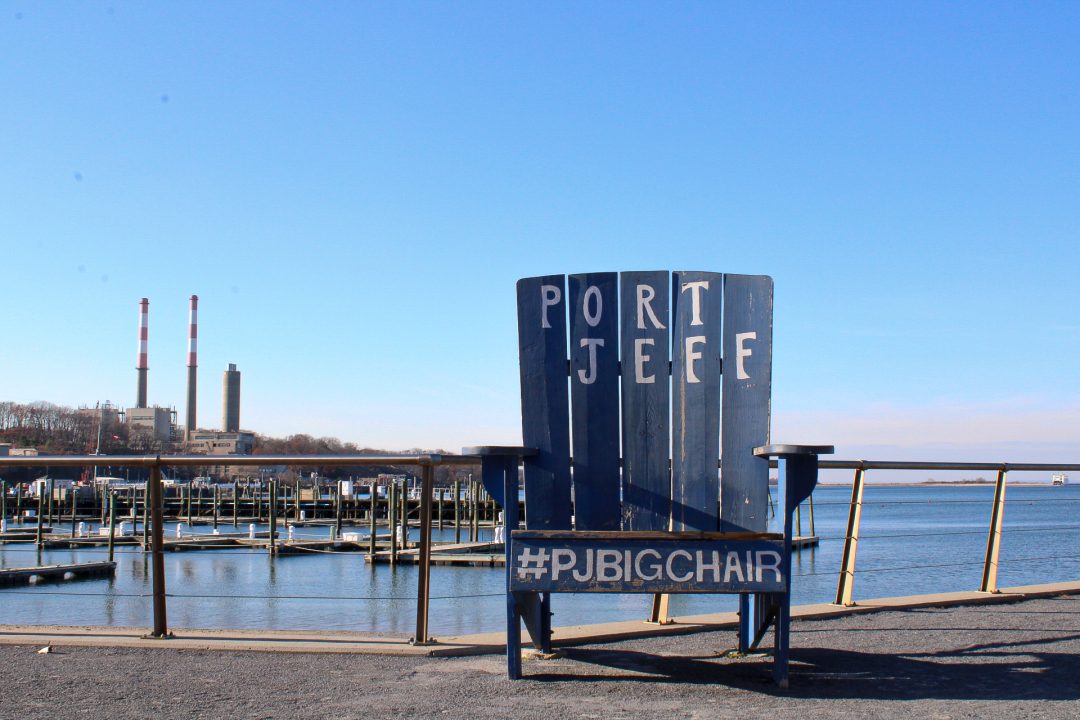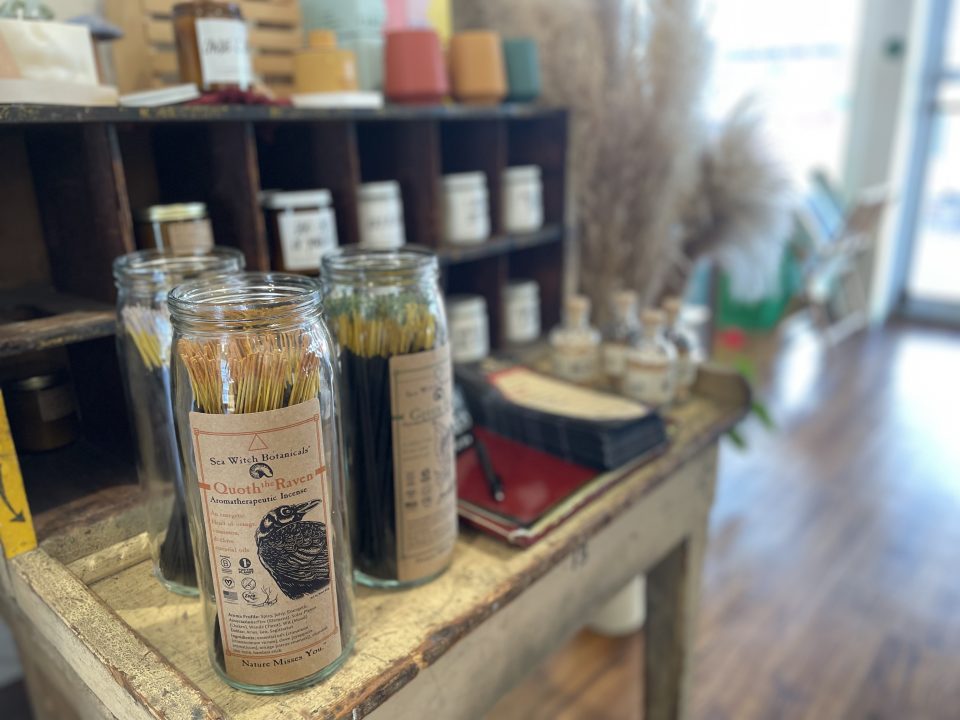
Thousands of trees infected by the southern pine beetle (SPB) will be cut down across Suffolk County in the coming weeks.
SPB have been found in regions across Suffolk County. Previously, the beetle had only been verified in seven parks and preserves on Long Island. They are considered one of the most destructive pests for pine trees.
The plan calls for 2,000 to 5,000 pine trees to be cut in Southaven and Manorville Hills county parks starting Nov. 29 through 2023 in an effort to slow the spread of the beetle throughout the region. The SPB can kill pine trees in only two to four months before spreading to other trees.
There are currently no methods which can fully eradicate the beetle.
“Every year, tens of thousands of individuals visit our parks for their natural beauty, but the Southern Pine Beetle poses a threat to our most treasured resources,” Suffolk County Executive Steve Bellone said in a statement released on Nov. 23. “We are working to proactively combat this environmental threat and by removing already infested trees, we will be able slow the spread and ensure a healthier ecosystem.”
The beetle was first found in Long Island in October 2014. According to the Department of Environmental Conversation (DEC), more than 13,000 trees have been cut in order to slow the spread of SPB and protect surrounding trees.
“I think it’s really unfortunate that this beetle has spread so much in Long Island,” Sydney Mantione, a sophomore environmental sciences major, said. “The loss of so many trees is significantly detrimental to the environment, destroying habitats and affecting the ecosystem.”
The Pine Barrens Preserve is a stretch of over 105,000 acres in Suffolk County, spanning into the towns of Southampton, Brookhaven and Riverhead. It provides an important habitat for many rare species such as tiger salamanders, which are listed as endangered by New York State. The Pine Barrens region is currently at risk of being significantly infected by the SPB.
“The Pine Barrens are also essential in filtering Long Island’s groundwater aquifers,” Kellianne Ticcony, a senior majoring in marine science and sustainability studies, said. “Long Island gets the majority of its drinking water from aquifers so the loss or reduction of the pine barrens can lead to major water purity issues. The trees themselves are also a unique type of pine called pitch pines which aren’t widely found and create unique ecosystems.”
This is not the first time that the SPB has had an outbreak in the United States.
According to the U.S. Forest Service, from 1999-2002, an outbreak of the beetle in the southeast U.S. caused over a one billion dollar loss for the timber industry. Over 225,000 acres of pine forests in Central America, where the beetle spread to, were killed as a result.
SPB populations naturally rise and fall. The beetle can survive at low numbers for years at a time, often going unnoticed. Later, the population can explode quickly, rapidly killing pine trees, which is currently occurring on Long Island.
SPB is native to the southeastern United States but has been moving up the East Coast. According to the DEC, climate change and the rise in winter temperatures are the most likely cause of this expansion.
“Climate change is and will continue to majorly affect Long Island. Long Island is being hit with more extreme weather events and storm surges leading to more flooding events,” Ticcony said. “Also, there is an increase in algae blooms around the island which can lead to hypoxia in the water.”
Across Long Island, nitrogen pollution is causing harmful algae blooms, which are the overgrowths of algae in water that produce dangerous toxins that are harmful to the health of marine organisms and humans.
According to the DEC, the first toxic marine algal bloom occurred on Long Island in 2006, causing large shellfishing closures in Northport and Huntington Harbors in the Town of Huntington.
There has also been warming water temperatures across Long Island, causing these blooms to last longer and become more intense. In addition, warming temperatures are causing local fisheries to retreat or collapse.
“Climate change has so many unseen impacts beyond just warmer winters,” Mantione said. “This is just one example of some of the smaller, but still harmful ways it can affect our local communities.”




















